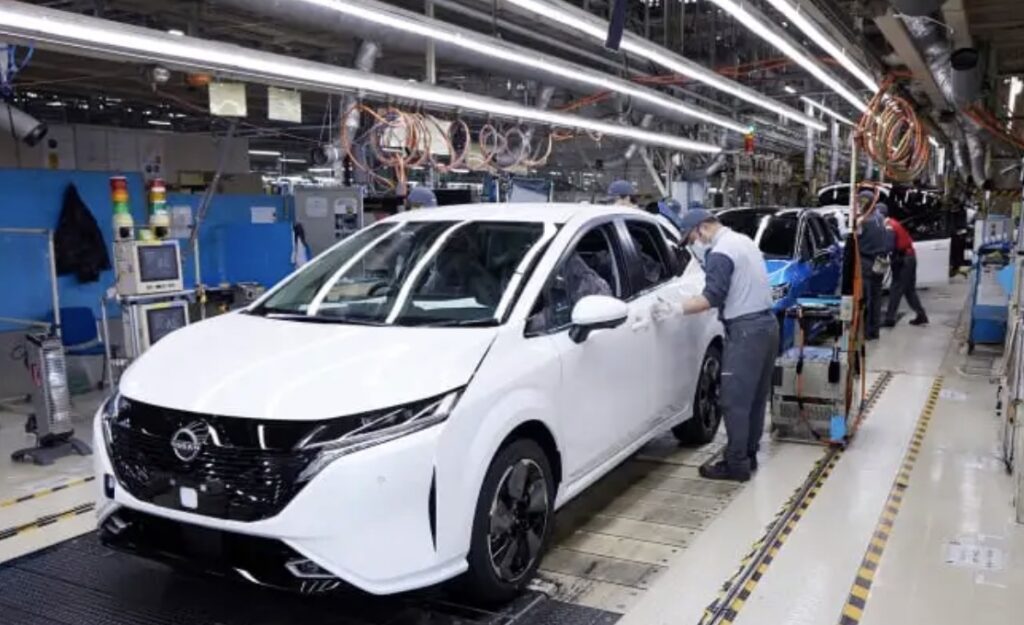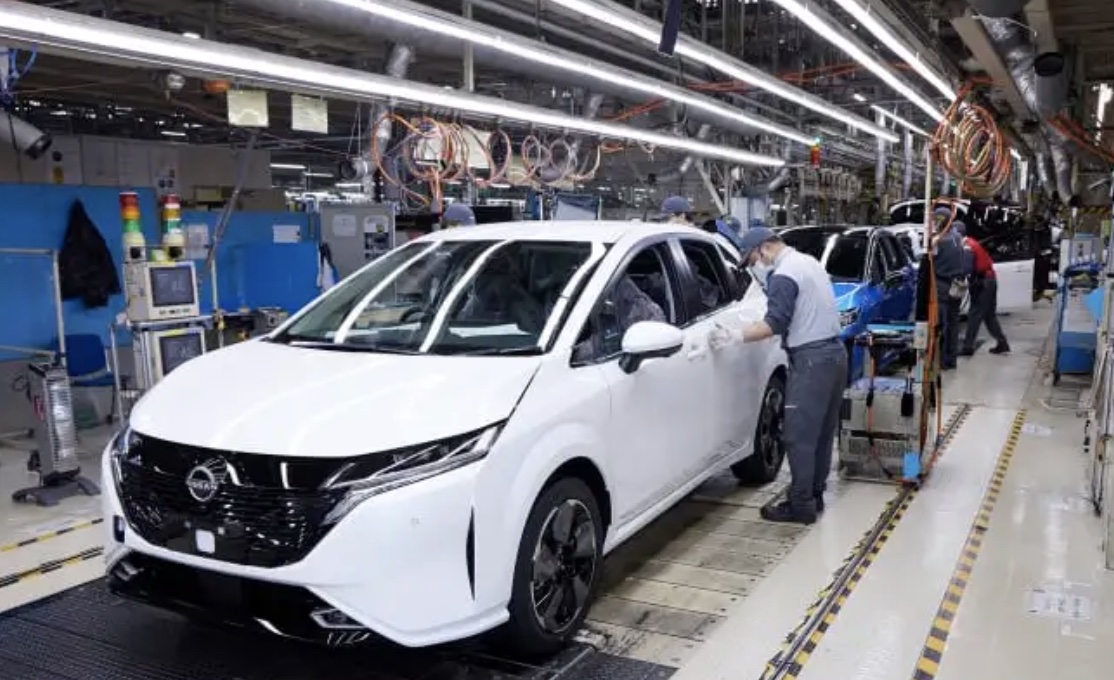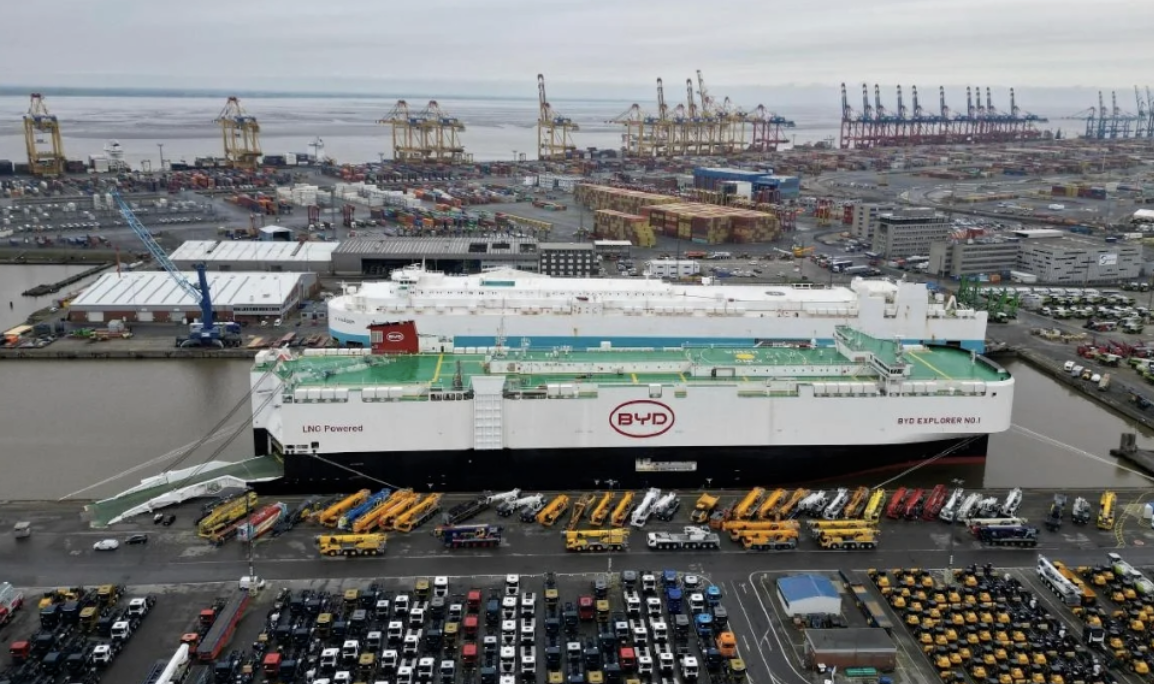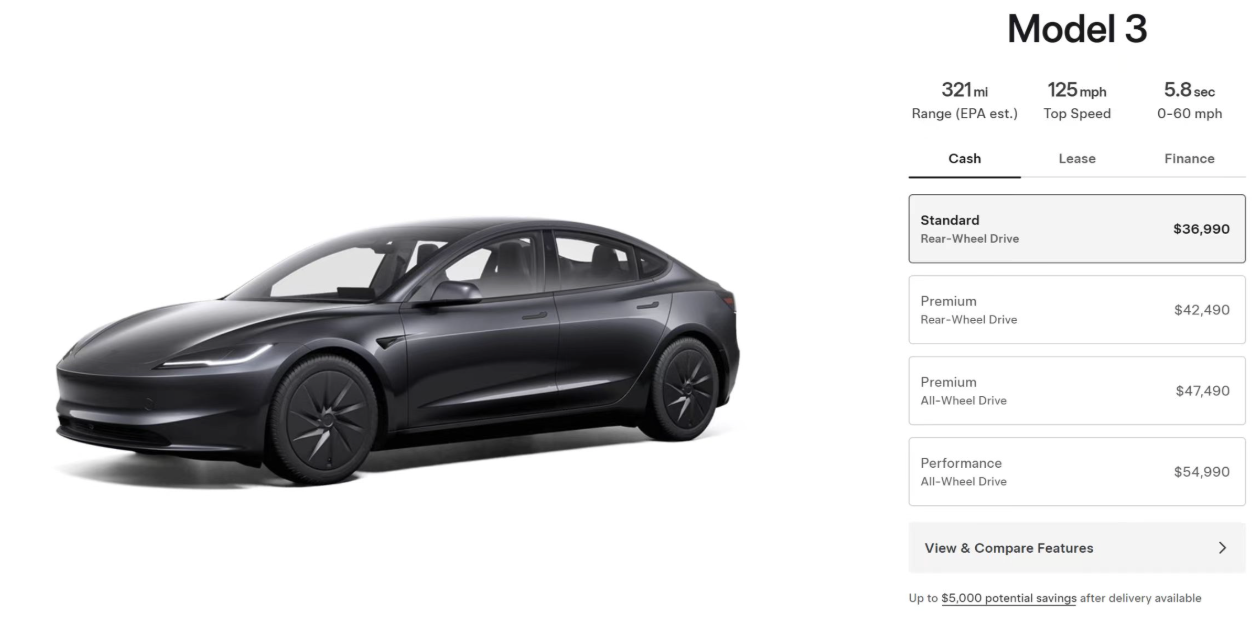On July 31, Nissan Motor Co. officially released its financial results for the first quarter of the 2025 fiscal year (April-June 2025). The report shows that Nissan’s revenue for the first quarter of FY2025 was 2.7069 trillion yen, a 9.7% decrease from 2.9984 trillion yen in the same period last year. More significantly, Nissan’s profit declined sharply, with a net loss of 115.7 billion yen in the first quarter, compared to a net profit of 28.6 billion yen in the same period last year, marking the fourth consecutive quarter of loss. Operating profit was a loss of 79.1 billion yen, down 80.1 billion yen from an operating profit of 1 billion yen in the same period last year. During the reporting period, Nissan’s profit margin was -2.9%, compared to 0% in the same period last year.

Nissan stated that the shift from profit to loss was caused by reduced sales, currency fluctuations, and U.S. tariffs. During the reporting period, Nissan’s global sales were 707,000 units, a 10.1% year-on-year decline. The drop in sales directly reflects the severe challenges Nissan faces in the market. In fact, in the first half of this year, Nissan’s global sales were surpassed by Suzuki, ranking fourth in Japan’s automotive industry, with Toyota and Honda taking the top two spots. These data are closely linked, with the decline in revenue directly tied to the decrease in sales, and the net profit loss being influenced by multiple factors such as revenue and costs. Compared to other industry players during the same period, Nissan’s performance clearly lags behind; for example, Toyota likely maintained stable growth in both sales and profits, which further highlights Nissan’s current difficulties.
The U.S. government’s tariffs on automobiles are a significant reason for the deterioration in Nissan’s earnings. According to Nissan, the U.S. tariffs reduced the company’s profits by 68.7 billion yen, and it is expected that operating profit will shrink by as much as 300 billion yen in FY2025. This tariff policy has directly raised Nissan’s sales costs in the U.S. market, and to maintain its market share, Nissan faces a choice: either lower its profit margin to keep prices stable, or increase product prices, which would erode market competitiveness and lead to further declines in sales. Either choice has a significant negative impact on Nissan’s profits.
In response to these challenges, Nissan has implemented a series of production capacity adjustments. Firstly, Nissan plans to reduce global production capacity by 20% by FY2026. The company will integrate its Mexican factory and consolidate all vehicle production at the Aguascalientes comprehensive plant to improve production and logistics efficiency. In the domestic Japanese market, Nissan plans to stop production at its Tsutsumi plant by FY2027 and move operations to its plant in Fukuoka Prefecture in southern Japan, as part of its global restructuring plan. In China, Nissan’s production capacity will be reduced from 1.5 million units to 1 million units, and the Wuhan Yunfeng plant has been acquired by Lantu Motors, a subsidiary of Dongfeng Motor. Additionally, Nissan plans to cut its workforce by 20,000 employees, or 15% of its global workforce, including direct and indirect employees in global production, management, and R&D departments, by FY2027.
Despite the current difficulties, Nissan has shown determination and planning in its future outlook and response strategies. In terms of product launches, Nissan plans to introduce 10 new energy models by the summer of 2027, covering sedans, SUVs, and pickup trucks, offering a variety of powertrains including gasoline, pure electric, plug-in hybrid, and extended range options to meet the needs of different markets and consumers. In terms of technology development, Nissan plans to invest 2 trillion yen over the next five years to accelerate vehicle electrification and plans to launch 23 new electrified models by FY2030. The company also aims to develop groundbreaking all-solid-state battery technology, with large-scale production expected to begin in 2028. Additionally, Nissan will continue to optimize its e-POWER technology to improve fuel economy and driving experience.
In the long term, reasonable capacity adjustments will help Nissan optimize its industrial layout, making it more flexible in responding to market changes, and allowing the company to focus resources on more competitive models and market segments, laying a solid foundation for future business development. The diverse lineup of new energy vehicles will enable Nissan to gain a share of the rapidly growing new energy market, meeting consumers’ increasingly diverse car-buying needs. However, Nissan does face significant challenges, as the new energy market is highly competitive, and there is uncertainty in technology development. Nissan must accelerate its pace and enhance its execution to stand out in future market competition and return to a positive growth trajectory.



